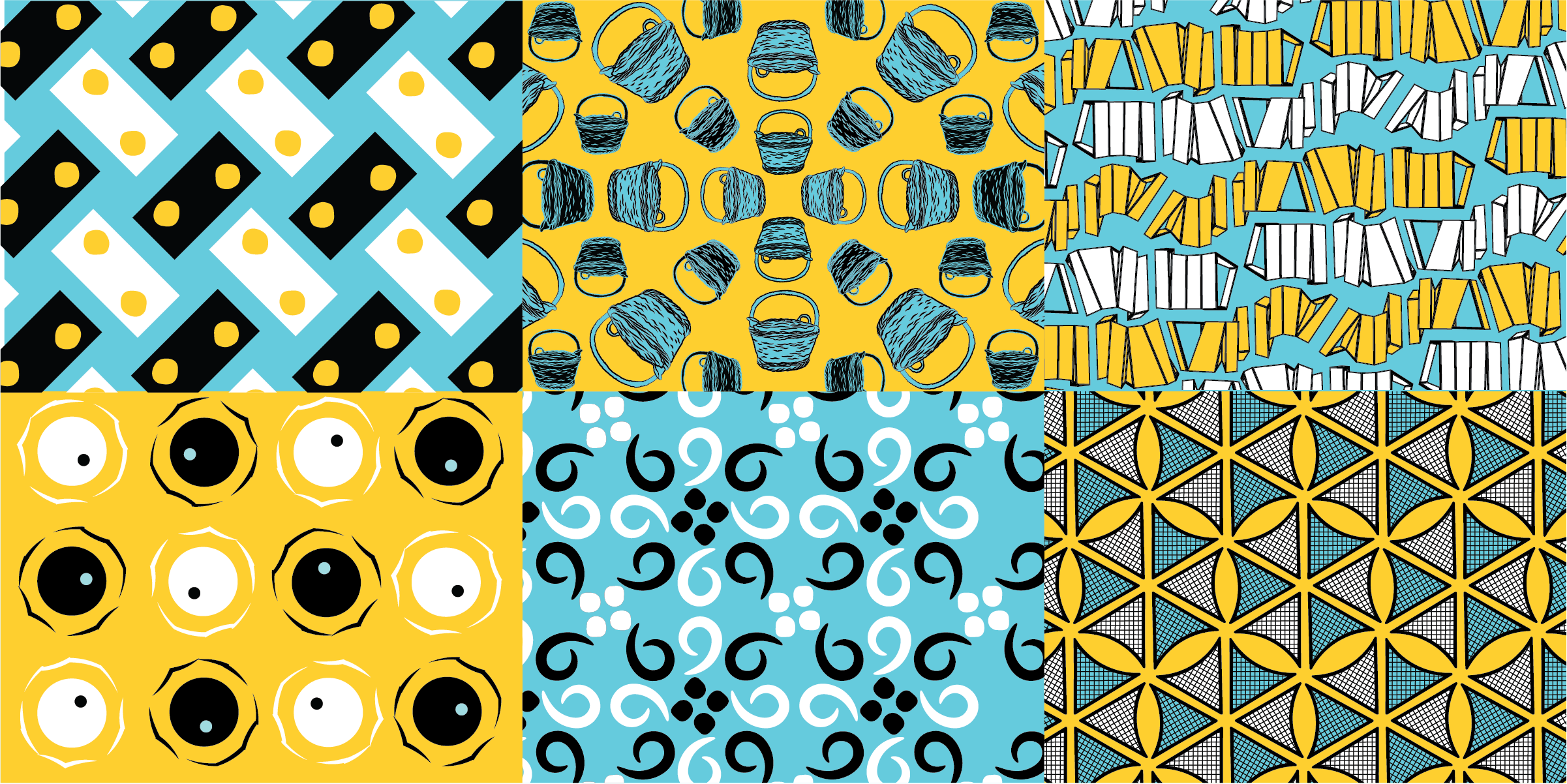AI-Scavenger Hunt
During my time at the Hirshhorn, I manged its web app museum-guide, Hirshhorn Eye. I would train an image recognition AI to identify artworks on view and it would pull up more information in text, video, audio, and image form. The idea was to give the visitor a more enriching experience of the art. .
The biggest issue was visitors often weren’t aware of the app or didn’t understand how to use it. To create a more engaging experience, I designed cards and trained the app to recognize elements within each card’s image, almost like a sheet of QR codes. The design of the cards abstracted the works the visitor was to look for, turning the whole experience into a scavenger hunt, forcing them to engage more actively in their visit in order to find the artworks in-gallery. On top of this, the card acted as a marketing tool for the museum, a take-away to remember the experience they had. Unfortunately these designs were never implemented because a month later, the pandemic shut the museum down for over a year.
Essentials Tour
Designed for when a visitor only has 30 minutes in the museum. Scanning the front of the card activated an introduction. From top-left to bottom right, the back activated information for works by Olafur Eliasson, Pat Steir, The Hirshhorn Building, Reynier Leyva Novo, Mark Bradford, and Jeff Koons.
Lovers Tour
As a contemporary art museum, the Hirshhorn is a popular destination for dates. I mashed up a bunch of different artworks into one, the idea being that the user would point to the different areas of the image. In practice, this design didn’t quite work, since some elements dominated others. I thought it was a tasty design none-the-less.
Reflections Tour
Some of the art I find most fascinating deals directly with the nature of sight. The museum has a number of literally reflective works that force the viewer to reconsider the act of seeing and reality itself. This design featured three works by Lee Ufan, and a Jeff Koons, Beverly Pepper, and Dan Graham.






